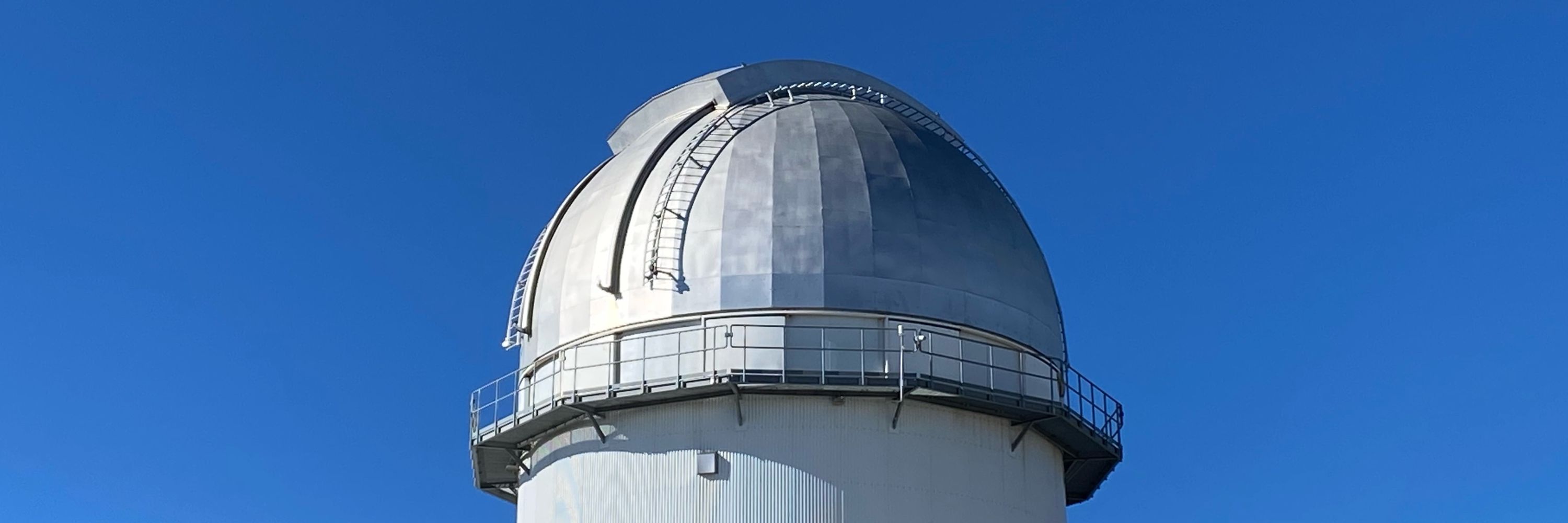
astrobai.github.io

I develop the extension for quick preview of chain files on servers because I'm bothered with downloading them or writing scripts to visualise them. #cosmology

I develop the extension for quick preview of chain files on servers because I'm bothered with downloading them or writing scripts to visualise them. #cosmology
The AAS Journal Author Series connects authors with their article, their human story & the larger #astronomy community. 🔭

The AAS Journal Author Series connects authors with their article, their human story & the larger #astronomy community. 🔭
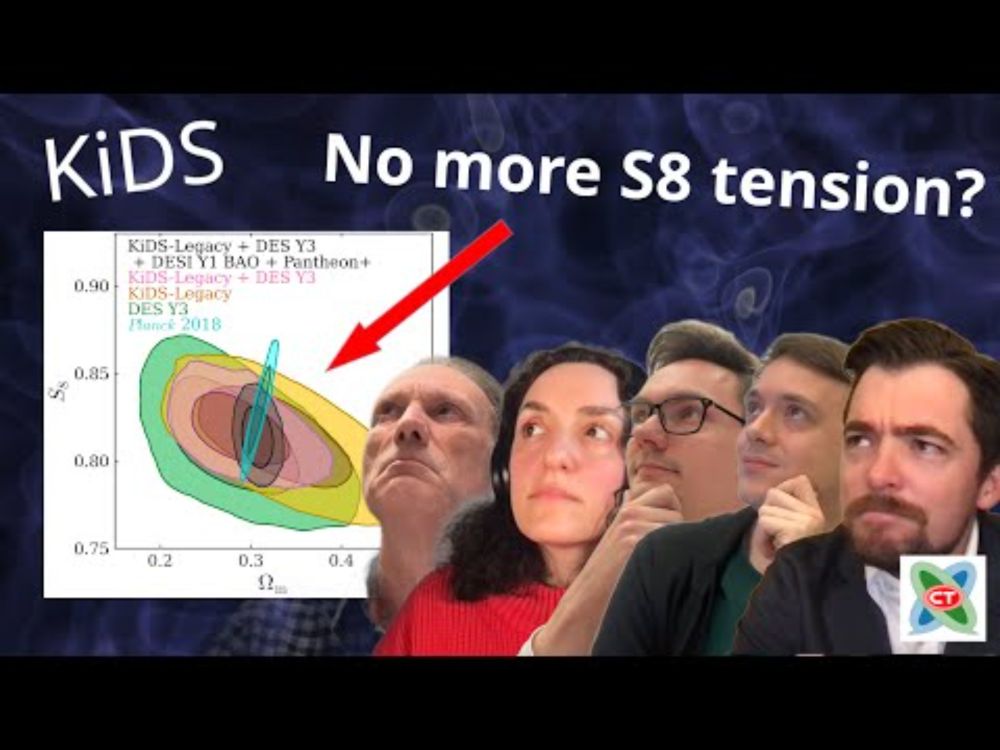
I've been co-leading KiDS for 12yrs & I'm so proud of what the team's achieved. If you're at the #Euclid meet, go to Angus Wright's talk @10am today!🔭
ℹ️: arxiv.org/pdf/2503.19441
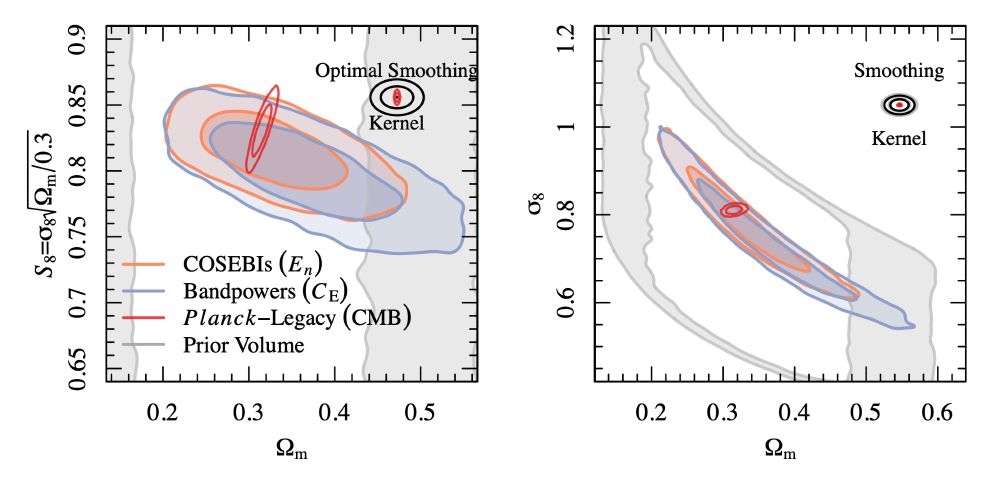
I've been co-leading KiDS for 12yrs & I'm so proud of what the team's achieved. If you're at the #Euclid meet, go to Angus Wright's talk @10am today!🔭
ℹ️: arxiv.org/pdf/2503.19441
You can check it out on Youtube!
youtu.be/tuDzhR1SVDg?...

You can check it out on Youtube!
youtu.be/tuDzhR1SVDg?...
1. DESI alone is consistent with LCDM. 👉 Boring
2. DESI and Planck have a 2.3 discrepancy in Ωm-H0rd plane. 👉Interesting.
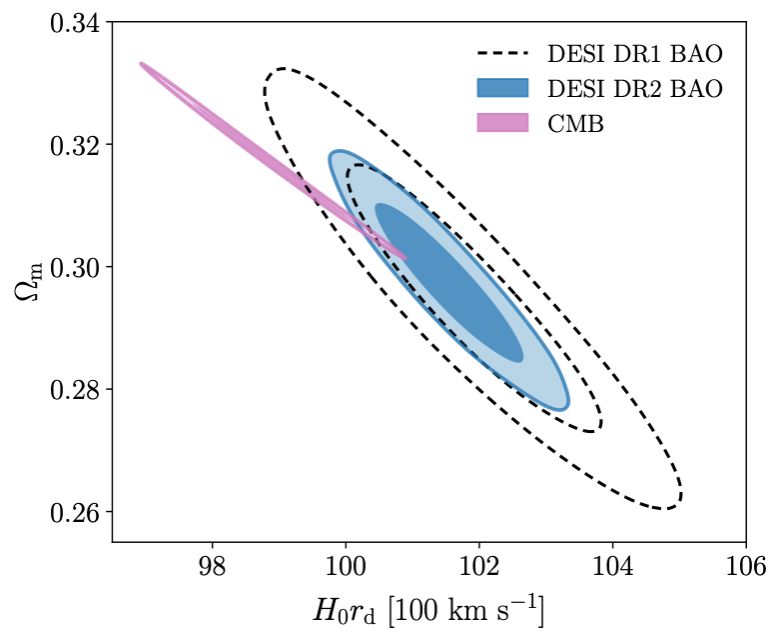
1. DESI alone is consistent with LCDM. 👉 Boring
2. DESI and Planck have a 2.3 discrepancy in Ωm-H0rd plane. 👉Interesting.
ℹ️: data.desi.lbl.gov/public/paper...
![A graph of the evolution of the dark energy (vertical axis) as a function of time (redshift on the horizontal axis) - showing an offset from the cosmological constant (a flat horizontal line). Here is the figure caption from the paper:
FIG. 12. Comparison of the constraints on the equation of
state of dark energy using the CPL parametrization and a bin-
ning reconstruction approach, using DESI+CMB+DESY5.
The solid green line shows the best-fit w(z) based on w0 and
wa inference and the green contours around it represent the
68% and 95% confidence intervals. We also show in blue the
constraints from the binning approach [47], with the hori-
zontal bars indicating the bin width (which is fixed) and the
vertical bars representing the 1σ error. Additionally, we in-
clude in gray the 1D posterior for each binning parameter.
The ΛCDM limit corresponds to the horizontal gray dashed
line.](https://cdn.bsky.app/img/feed_thumbnail/plain/did:plc:ok3ms3dzop7gcwejp7lswhpi/bafkreiaa64kyfu7u5ber7u6kwk2zzkuet66j6o3l4lr5ftl5sef67pzham@jpeg)
ℹ️: data.desi.lbl.gov/public/paper...
Freely accessible on arxiv.org/abs/2503.12263
Freely accessible on arxiv.org/abs/2503.12263
We’re just 24 HOURS AWAY from a MAJOR DESI release! 🌉🔭
Tomorrow at 3 PM PT, DESI is unveiling DR1, our first official Data Release—the largest dataset of its kind, packed with information on 18.7 million galaxies, quasars, and stars! But that’s not all…

We’re just 24 HOURS AWAY from a MAJOR DESI release! 🌉🔭
Tomorrow at 3 PM PT, DESI is unveiling DR1, our first official Data Release—the largest dataset of its kind, packed with information on 18.7 million galaxies, quasars, and stars! But that’s not all…
Make room in your calendar for 19th March at 11:00, when stunning results with contributions from UK scientists will be revealed. 🚨 🗓️
#Euclid #Q1Release #Astronomy #Cosmology

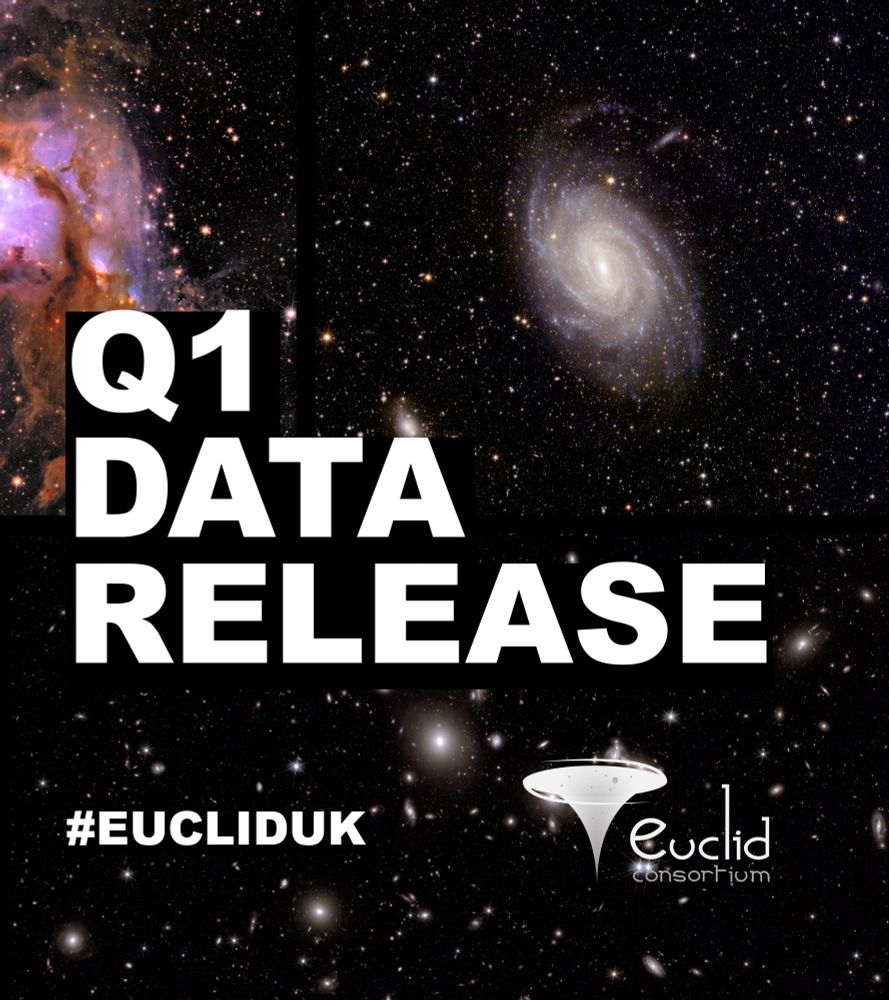
Make room in your calendar for 19th March at 11:00, when stunning results with contributions from UK scientists will be revealed. 🚨 🗓️
#Euclid #Q1Release #Astronomy #Cosmology
arXiv: dx.doi.org/10.48550/arx...
#Science #Astronomy #Physics #Cosmology 🧪🔭⚛️
arXiv: dx.doi.org/10.48550/arx...
#Science #Astronomy #Physics #Cosmology 🧪🔭⚛️
🔭🧪
#cosmology

🔭🧪
#cosmology

1132 talks by 899 speakers re 1180 arXiv papers
Top 10 sources:
94 Cosmology fr Home
93 Perimeter Inst
92 Kyoto U, YITP
80 CosmoVerse
76 Misc
57 KITP
52 ICTP-SAIFR
42 CERN
31 Neutrinos fr Home
30 Parity Violation fr Home
jrdmb.netlify.app/crt.html
1132 talks by 899 speakers re 1180 arXiv papers
Top 10 sources:
94 Cosmology fr Home
93 Perimeter Inst
92 Kyoto U, YITP
80 CosmoVerse
76 Misc
57 KITP
52 ICTP-SAIFR
42 CERN
31 Neutrinos fr Home
30 Parity Violation fr Home
jrdmb.netlify.app/crt.html
My second work is now available on arXiv!
In this work, we test f(R) gravity with the state-of-the-art measurements of cosmic shear combined with CMB and BAO data.
We find an upper limit on the f(R) parameter, with log(fR0) constrained to be less than -4.79 (95% C.L.).
🧪🔭⚛️ #cosmology

My second work is now available on arXiv!
In this work, we test f(R) gravity with the state-of-the-art measurements of cosmic shear combined with CMB and BAO data.
We find an upper limit on the f(R) parameter, with log(fR0) constrained to be less than -4.79 (95% C.L.).
🧪🔭⚛️ #cosmology
teammates: @physgal.bsky.social / @quarkcharme.bsky.social
teammates: @physgal.bsky.social / @quarkcharme.bsky.social
ascl.net/2403.006
fkpt computes the 1-loop redshift space power spectrum for tracers in LCDM and Modified Gravity models using perturbation theory.#astronomy

ascl.net/2403.006
fkpt computes the 1-loop redshift space power spectrum for tracers in LCDM and Modified Gravity models using perturbation theory.#astronomy
Cheers!
Cheers!

The Cosmic Web
This special issue published in 2008 featured some of the latest research on the filamentary structure of dark and visible matter that fills the Universe. #cosmology 🧪
www.science.org/toc/science/...

The Cosmic Web
This special issue published in 2008 featured some of the latest research on the filamentary structure of dark and visible matter that fills the Universe. #cosmology 🧪
www.science.org/toc/science/...


